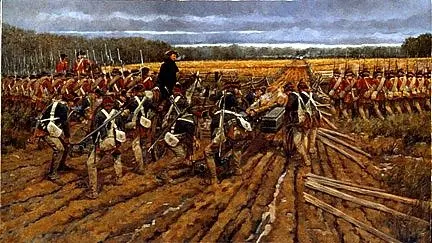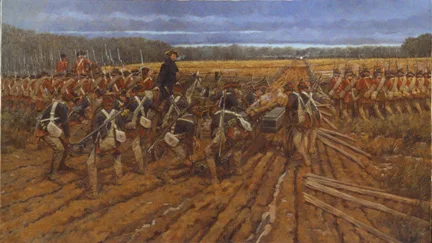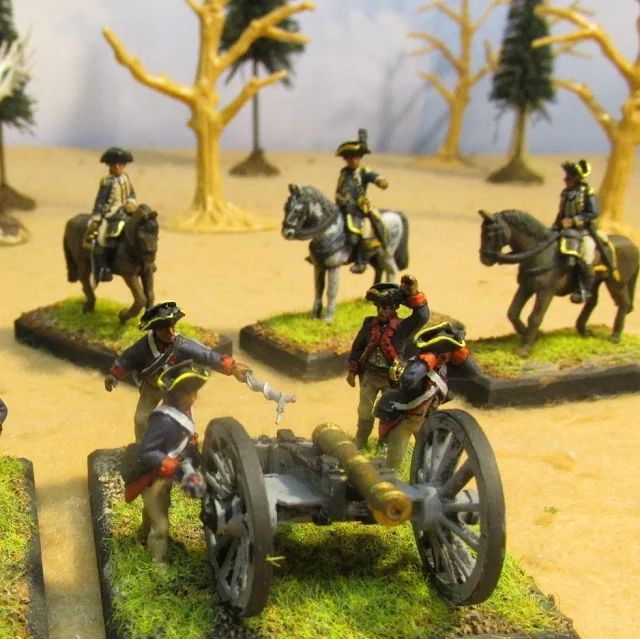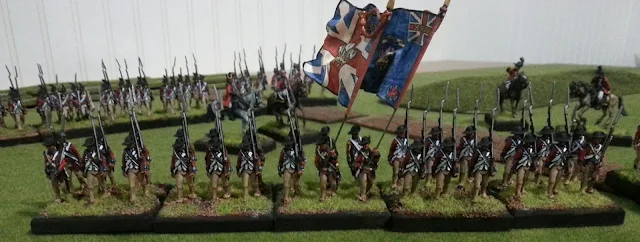"And the rockets red glare..."
Come on, how can you do War of 1812 and not have a rocket battery! It's down right unpatriotic! Mine comes from Old Glory's Napoleonic line. In Canada they used the tripod rather then the smaller launcher. I left out the Royal Horse Artillery crew (who might return if I ever do New Orleans) and substituted Royal Marine Artillery crew who manned in Canada. These men wore the same uniform as the Royal Artillery but with white, not yellow lace. These figures are from Knuckleduster miniatures. Especially love the officer looking up!
For rules I wanted rockets to be dangerous to friend and foe. And unpredictable. So when fired they might hit the enemy, they might disappear or they c I had double back and hit the battery. You roll your dice and takes your chances. Good luck!
Also, a word of thanks to my mentor in the War of 1812. Rod Schwagger has patiently guided me pass numerous pitfalls, explained best up to date research and where to get figures. He has suggested books I buy, and one's to stay away from. He has never laugh at my crazy questions but answered them in a thoughtful manner. It is a pleasure to have met him, if only in the internet. Thank you sir! I could not have done this without your help.
If you can please visit Rod's blog at http://warof1812war-gaming.blogspot.com/2017/02/battle-of-chippewa-second-session-1st.html
If you can please visit Rod's blog at http://warof1812war-gaming.blogspot.com/2017/02/battle-of-chippewa-second-session-1st.html























